- [课程通道] Gene Interference and Cat Allergen Silencing Research Project
- [课程通道]
- [科学少年] 2025-10-05
- [科学少年] 2025-10-02
- [科学少年] 2025-10-01
Two High School Girls Actually Developed a Research Tool for a Bioinformatician? 爱博物 2025-09-01

【Foreword】
This might sound a bit unbelievable. Today, I want to tell a story of perseverance and courage from the perspective of a witness to the entire event.
Author: Leng Zhe, JSR Academy
First, some background.
Bioinformatics, as one of the most popular interdisciplinary fields in life sciences since the completion of the Human Genome Project, has attracted the attention of a vast number of scientists worldwide and has produced many groundbreaking scientific achievements over the past two decades.
But while laymen watch the excitement, experts watch the technicalities, the field of bioinformatics still faces many awkward challenges.
For example, as an interdisciplinary field combining informatics, mathematics, computer science, and biology, the backgrounds of its practitioners are highly varied. The most common scenario is biologists or medical professionals transitioning into bioinformatics.
For these individuals, while they have a biology background, handling massive sequencing results, data cleaning, and analysis often require significant programming skills. For those who have focused solely on biology, most wouldn't even know how to print "Hello World," let alone use R language, which is somewhat niche yet essential in bioinformatics.
An outstanding female bioinformatician from Northern Europe was also troubled by this issue. As one of the few in her group proficient in programming, she frequently received requests for help from members within her own team and even from other research groups, often regarding similar basic coding issues.
Thus, she conceived a new idea: to build commonly used bioinformatics code functionalities into various easy-to-use development tools, reducing the coding workload for frontline researchers and allowing them to devote more time and energy to scientific analysis.
However, as a frontline researcher herself, she found it difficult to spare time for such tedious development work. Later, during a conversation with me [the author], this topic came up. I had a brainstorm and asked her if she would be interested in mentoring a few high school students to undertake this work. As I myself guide high school students through various research projects, I assessed that this task would be challenging yet achievable for them.
Once this project was announced, many students interested in both computer science and biology signed up. After multiple rounds of screening, two high school girls ultimately became the professor's collaborators, embarking on this exciting and challenging work together.
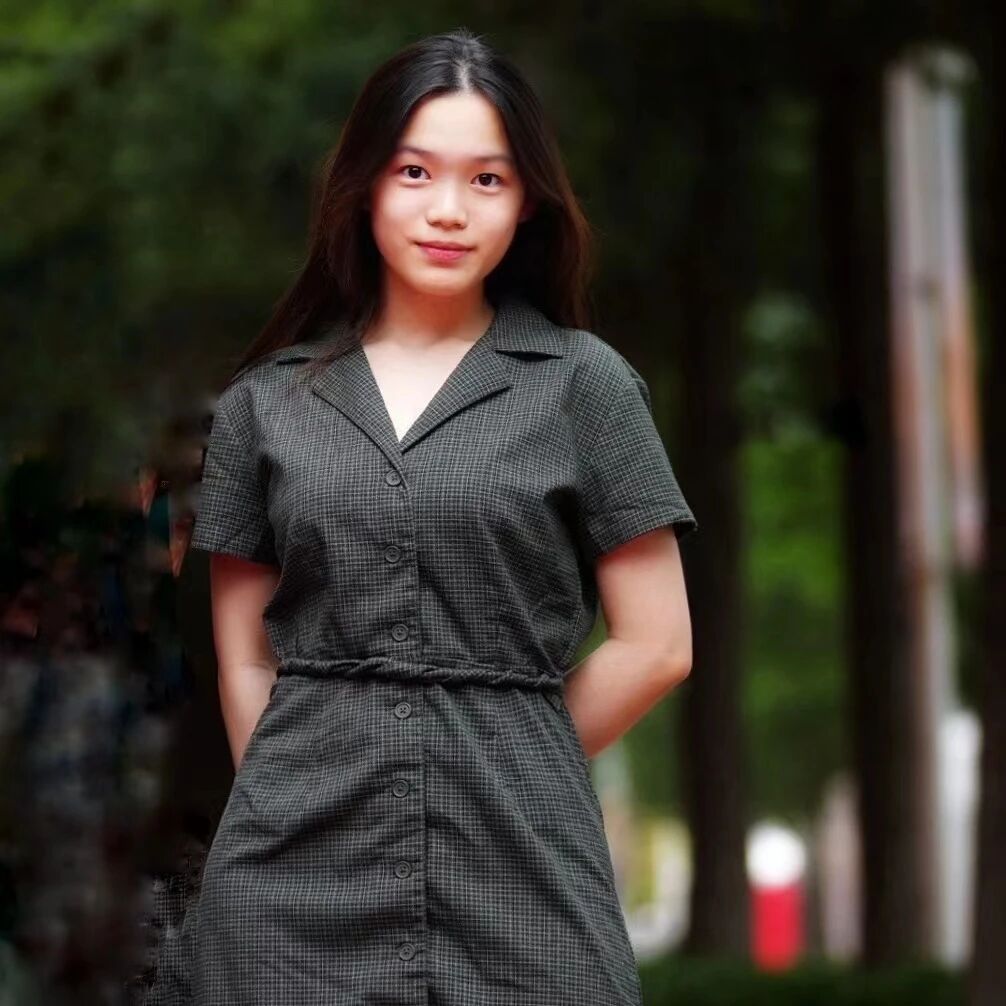
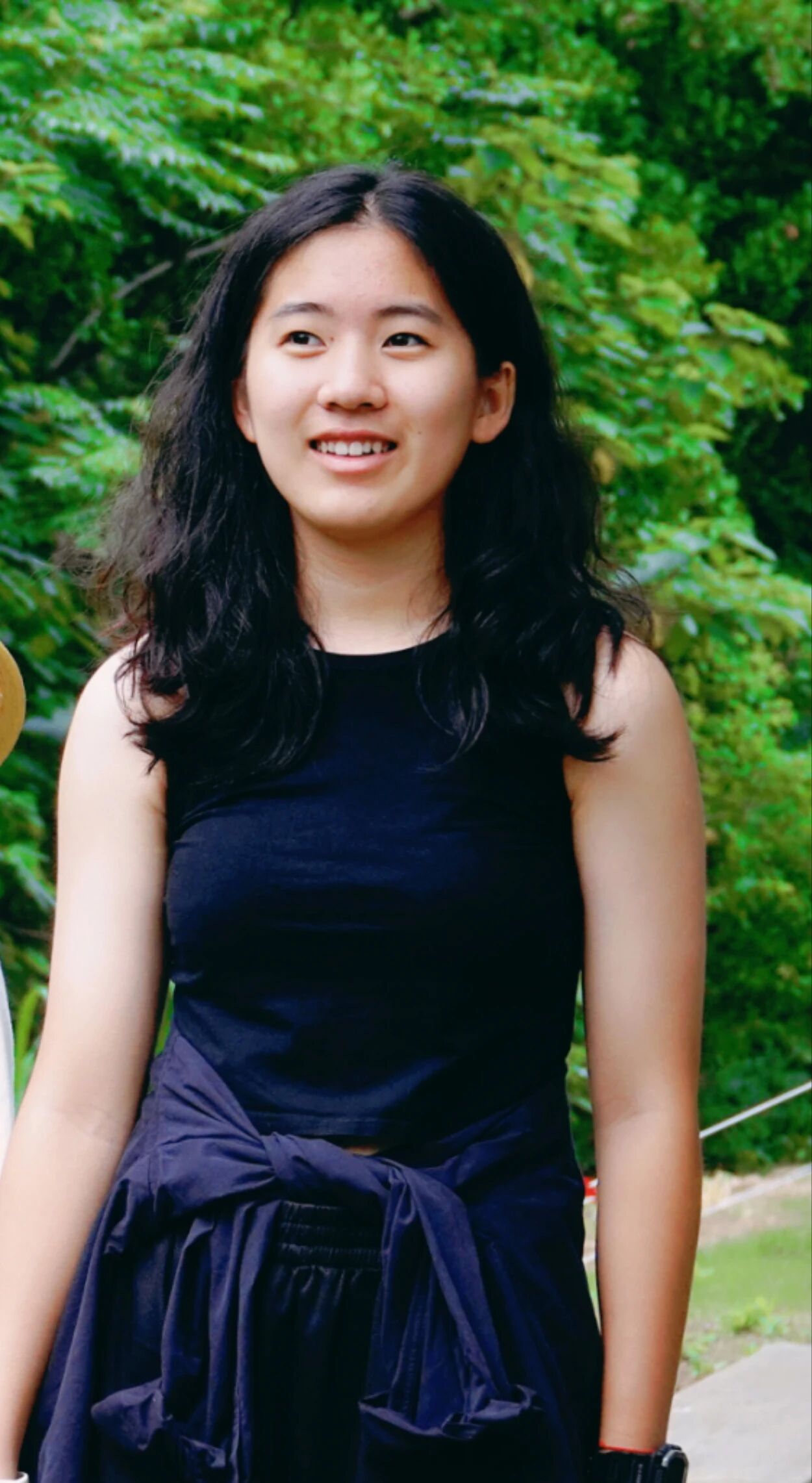
The two students, Maidou and Xiaoyi, one from RDFZ ICC and the other from UWC (United World Colleges), seemingly unrelated, had actually become teammates in last year's iGEM competition. One was the team leader of the social research group for two consecutive years, while the other, though younger, showed excellent potential during the competition. They were teammates in the competition and became good friends outside of it.
They ultimately chose to face this challenge together.
During the project, they indeed encountered many obstacles. The first major hurdle was that, like most newcomers to bioinformatics, although both students had a biology foundation, they were starting from zero knowledge of R language. They needed to master R language within a limited timeframe and complete the entire development process for an R package. Even the professor thought this was a highly challenging task.
They started learning from the very basics, accumulating knowledge method by method, line of code by line of code, until they could finally begin implementing the planned functionalities according to the professor's requirements.
Actually, the biggest challenge did not come from learning and technology, but from time management and cross-timezone team collaboration.
From the project's start to its finish, we maintained an almost weekly group meeting schedule. Whether during the R language learning phase or the project development phase, these meetings were used to review the previous week's progress and assign tasks for the next week—the pace was very tight. If the students fell behind, both the professor and I would push them jointly.
Maidou is currently in her application season for university, and Xiaoyi moved from the UWC campus in China to the UWC in Canada during the summer. Their respective academic workloads, plus university applications, already consumed much of their energy. Balancing academic pressure with project progress was a significant challenge for their time management.
The students also experienced moments of confusion in the middle of the project. I often chatted with them, but the conversations were mostly about topics beyond the project itself—about learning methods, time management. Ultimately,one could say they went through trials and hardships, but they made it.
So I say this is less of an unbelievable story and more a story of perseverance and courage.
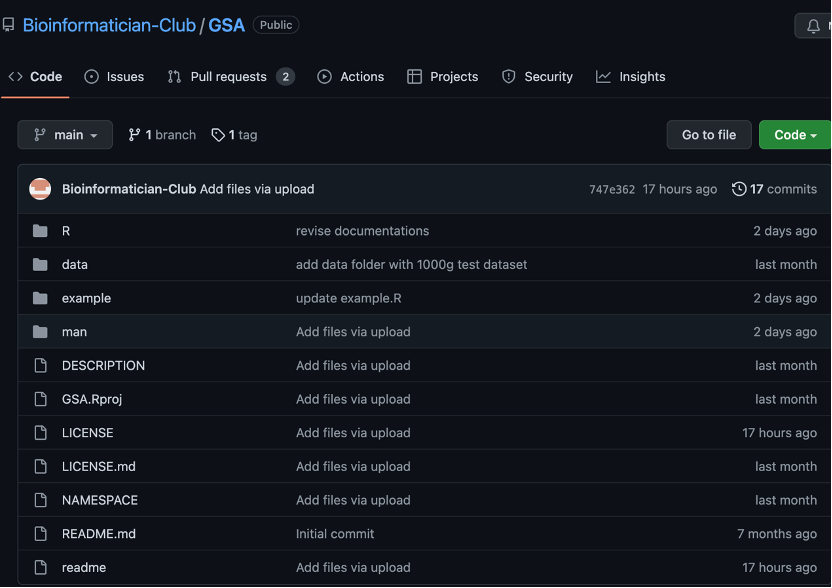
Now the first phase of the project has been officially launched. It is named GSA (Gene set analysis in rare variant studies), which is one of the most commonly used functionalities for bioinformatics researchers. The two students successfully completed the development of three functions within it.
At the project conclusion meeting, the professor and I had a long talk with the two students. They marveled that they had actually managed to complete this project, finding it somewhat incredible in retrospect. I very sincerely told them that they should be proud of themselves.
The professor also gave the two students high praise: "Software development itself is a challenging project. Maidou and Xiaoyi started from zero knowledge of R and, within a limited learning period, managed to master the complete process and programming skills required to develop an R package. The effort and perseverance they put in are highly commendable!!"
The successful completion of this project was due not only to the efforts of the mentors and students but also to the unconditional support of the parents behind the scenes. When the students encountered difficulties and challenges, the parents' support played a significant role, including but not limited to emotional guidance, communication with the mentors, and coordinating next steps.
Of course, seeing their children's daily progress throughout this process was the best reward for the parents as well.
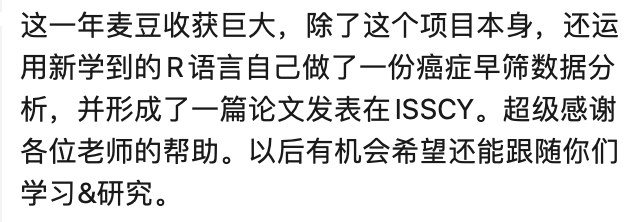
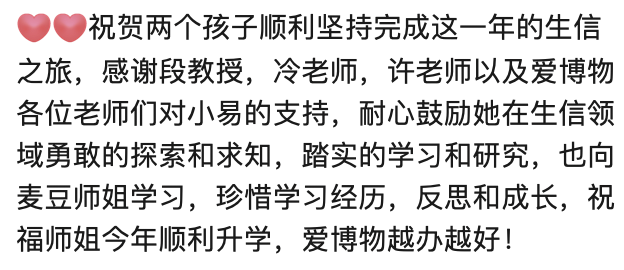
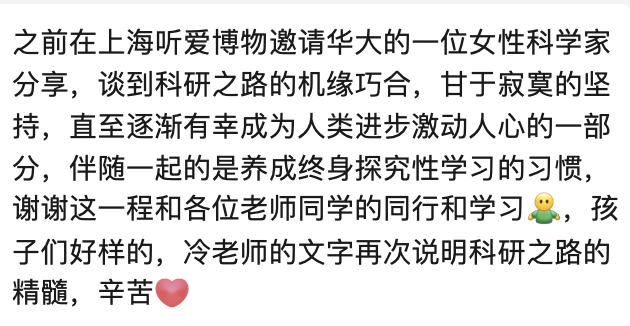
▲ Both mothers also had many reflections
Moving forward, we have agreed to continue developing this project further. We welcome more students to join this endeavor of providing open-source tools for bioinformatics researchers and help make this package bigger and stronger.
PS: The professor is also planning to develop an Online version of this software. If any Master's students are interested in pursuing research in this area, they can apply for her PhD program. If interested, you can also contact me.
For details, please contact IBOWU advisor teachers:
Ms. Zhang: 13910908618 (WeChat ID same as phone number)
Ms. Wang: 18310500612 (WeChat ID same as phone number)
About IBOWU·JSR Academy
JSR Academy™ is China's first youth science academy initiated by non-governmental forces. Launched by IBOWU, a well-known domestic platform for youth scientific research and academic programs, it aims to provide high-quality scientific practice platforms for Chinese youth.
JSR Academy has received investments from BGI Group and TAL Education Group's industry fund. With strong scientific and capital backing, JSR Academy has gathered dozens of multidisciplinary frontline scientists from around the world and partnered with numerous university and research laboratory resources across countries including China, the U.S., Denmark, Norway, Singapore, and Australia. It is committed to providing students with advanced STEM academic programs and elite training plans, striving to cultivate the scientific spirit of Chinese youth and contribute to the reserve of scientific and technological talent for China and the world.



